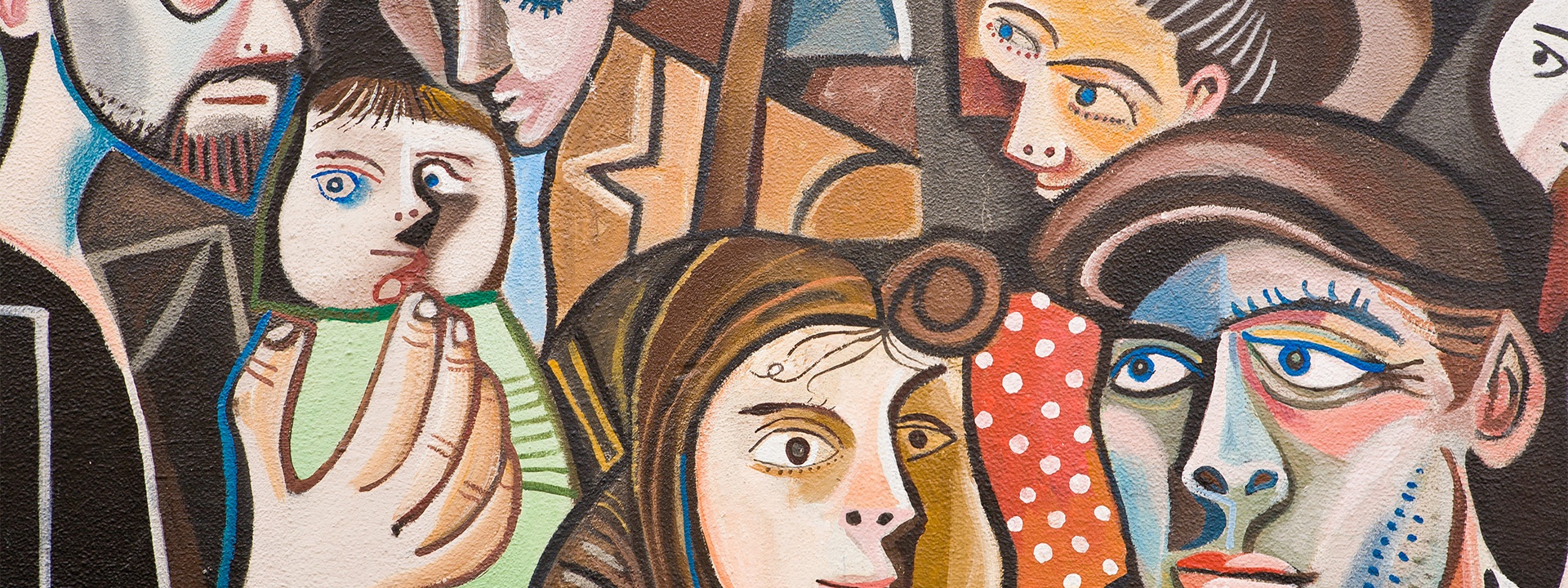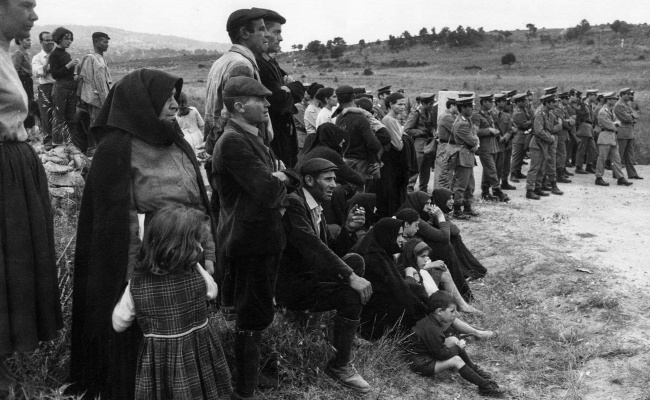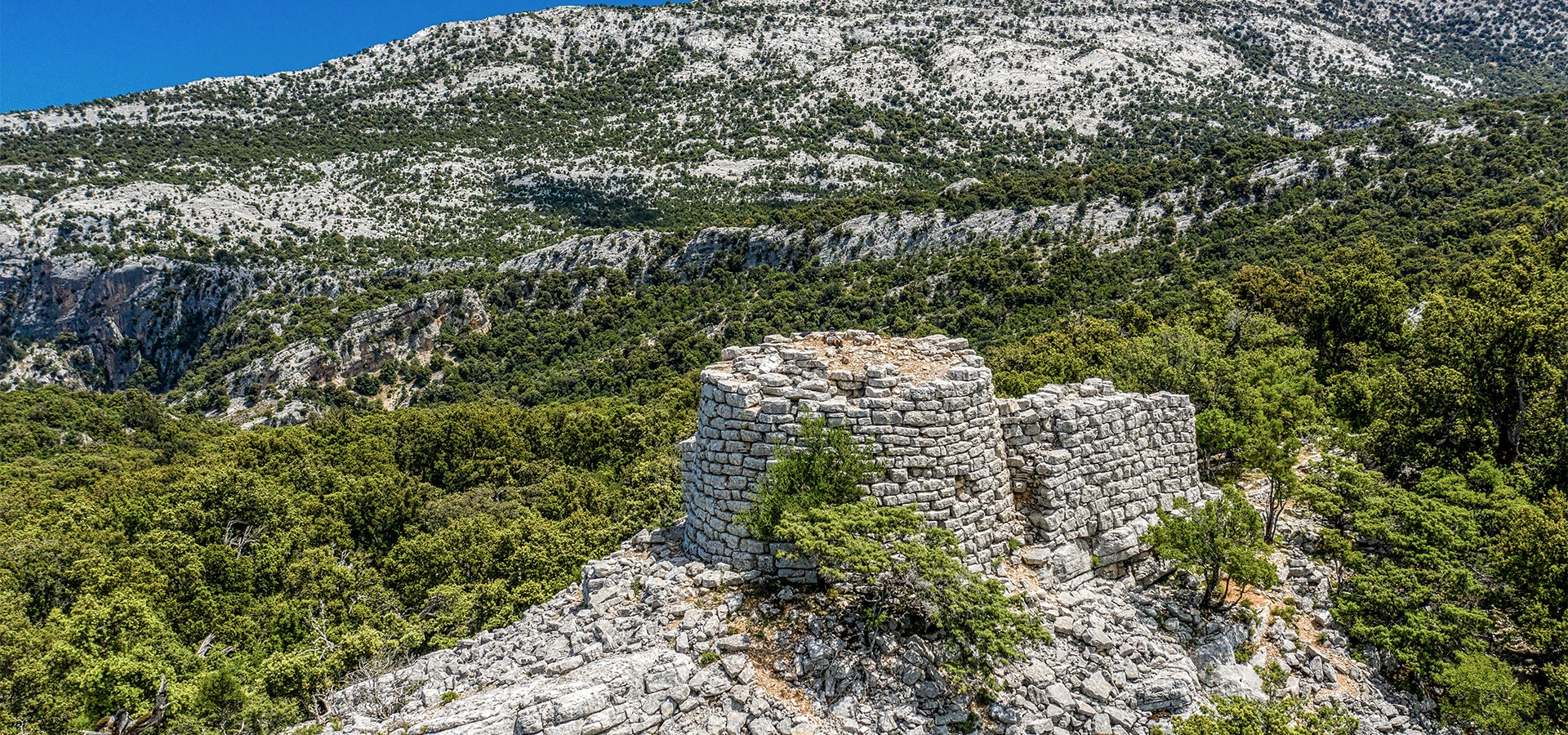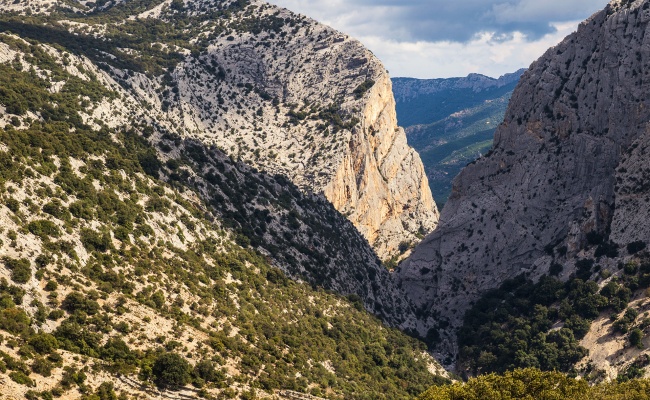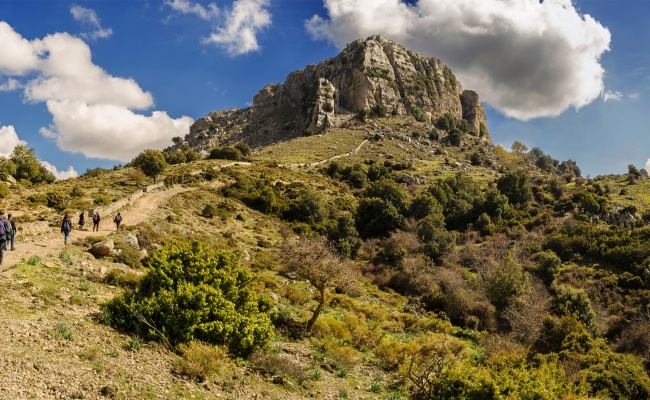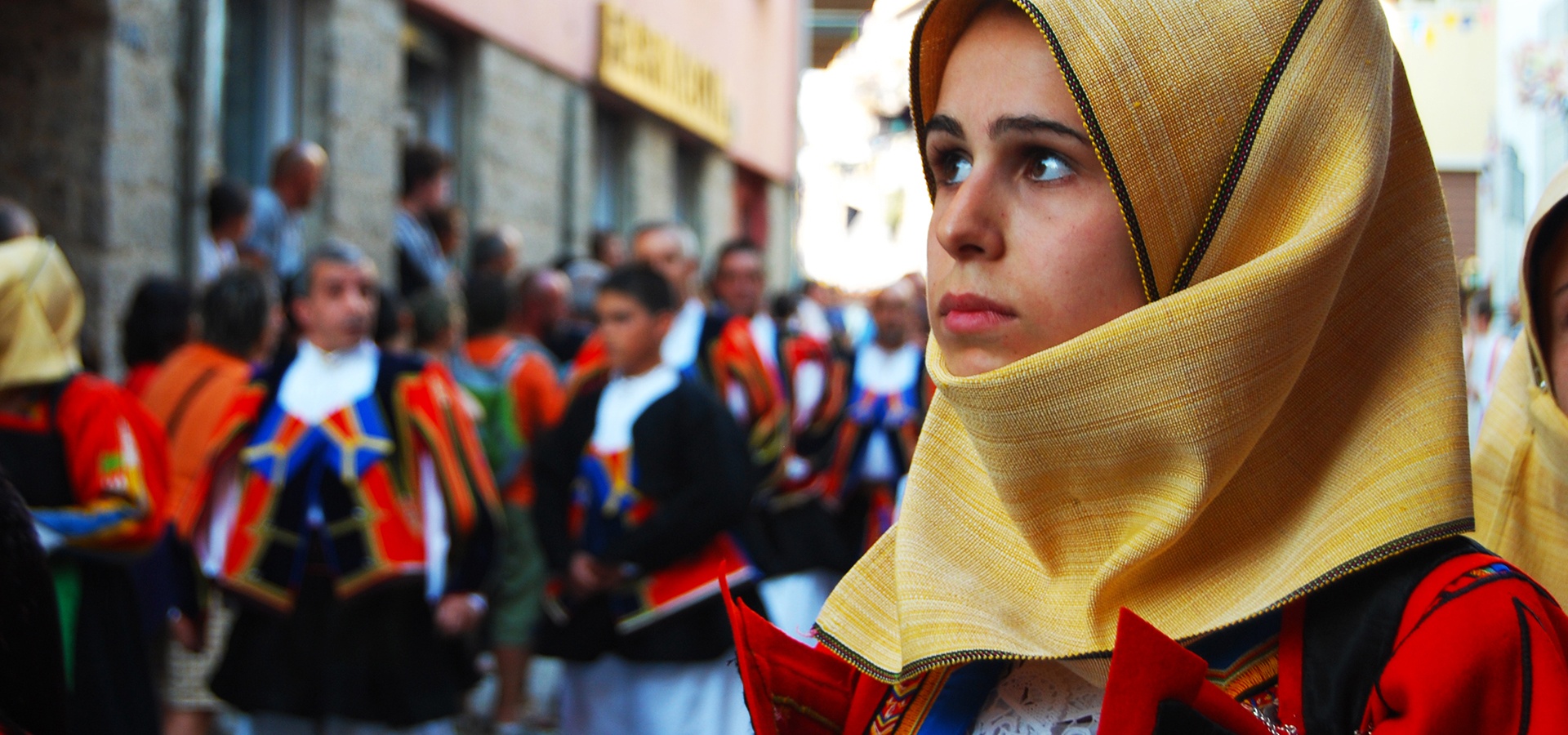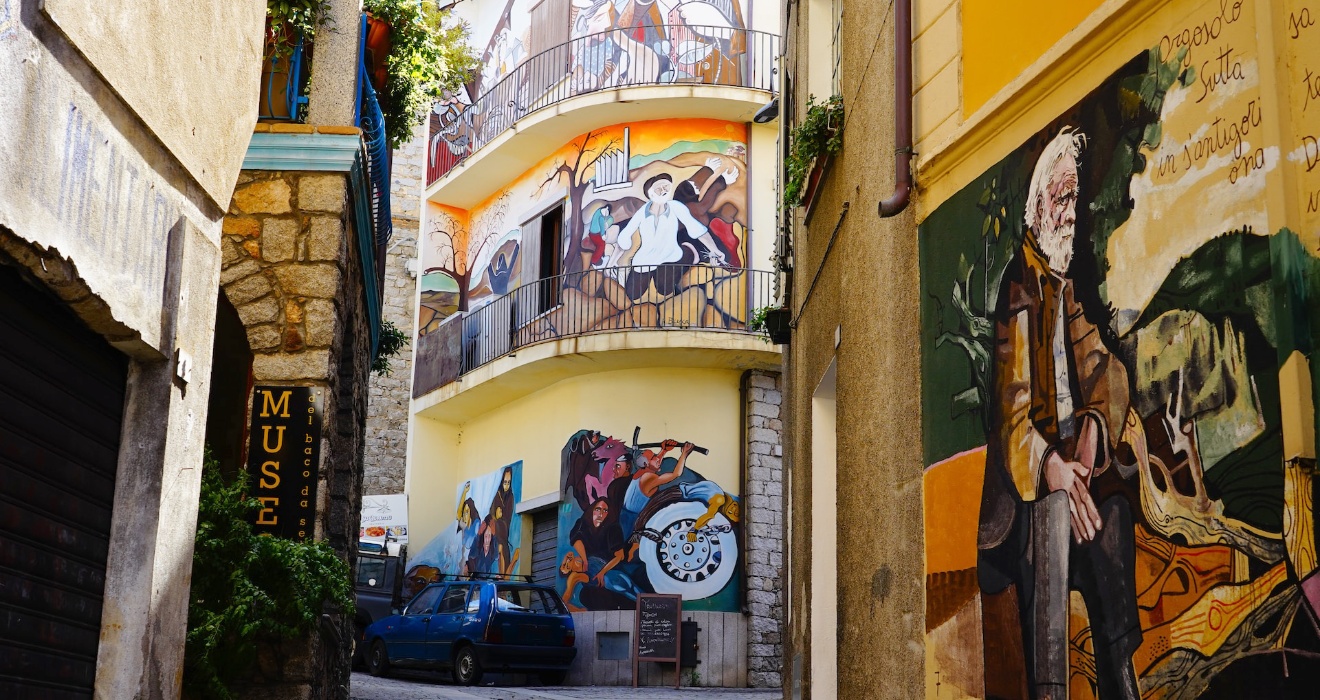Orgosolo
Description
Orgosolo is a picturesque town known for its rich history, traditional culture, famous murals and more.
Its community has always stood out for its willpower and fighting spirit. During the last century, its residents demonstrated that even a small group of people, driven by a strong will, can change history.
Signs of human presence in the area trace back to the Neolithic and become more numerous during the nuraghic period. The area’s wealth of archaeological sites includes menhirs, dolmens, domus de Janas, nuraghs, giants’ tombs and settlements.
One site of particular interest is the Nuraghe Mereu, set in the atmospheric frame of Supramonte. This fascinating structure was built with carefully cut blocks of white limestone, lending it a unique appeal. It is composed of a main tower, the thòlos (or dome) roof of which is still intact, and two smaller towers surrounded by a sturdy bastion on the west side. From here, you can also enjoy a stunning view of the Gorroppu Canyon.
The Supramonte mountain range, located in the Orgosolo area, is rich with extraordinary landscapes, forests and natural wonders. The region is characterised by a vast limestone and dolomite plateau, with spectacular rock formations and lush vegetation supported by a network of subterranean streams.
The Montes Forest is home to the old-growth holm-oak grove Sas Baddes, a valuable preserve of ancient trees that have never been cut, with features that are unique in the Mediterranean. Along ancient access roads, possibly even dating to the prehistoric period, you can reach the top of Monte Novo San Giovanni (1316 metres above sea level), with majestic peaks that soar up to seventy metres in height.
The area is part of the Parco Nazionale del Golfo di Orosei e del Gennargentu (Gulf of Orosei and Gennargentu National Park).
Orgosolo is famous for its production of su Lionzu, a traditional women’s head covering. It is made using silk thread from select silkworms raised by a family of artisans – who run the Tramas de Seda workshop – that pass down the art of weaving from one generation to the next. The natural silk is dyed with saffron and handwoven on frames using old methods and painstaking compositions.
The town’s historic centre is a maze of narrow streets and stone houses decorated with the murals that have brought Orgosolo international fame. The first socio-political murals were painted in the last 1960s by the teacher Francesco Del Casino and his middle school students. Today, the murals are a tourist attraction and way of preserving the town’s collective memory.
 Nuorese Cultural District
Nuorese Cultural District